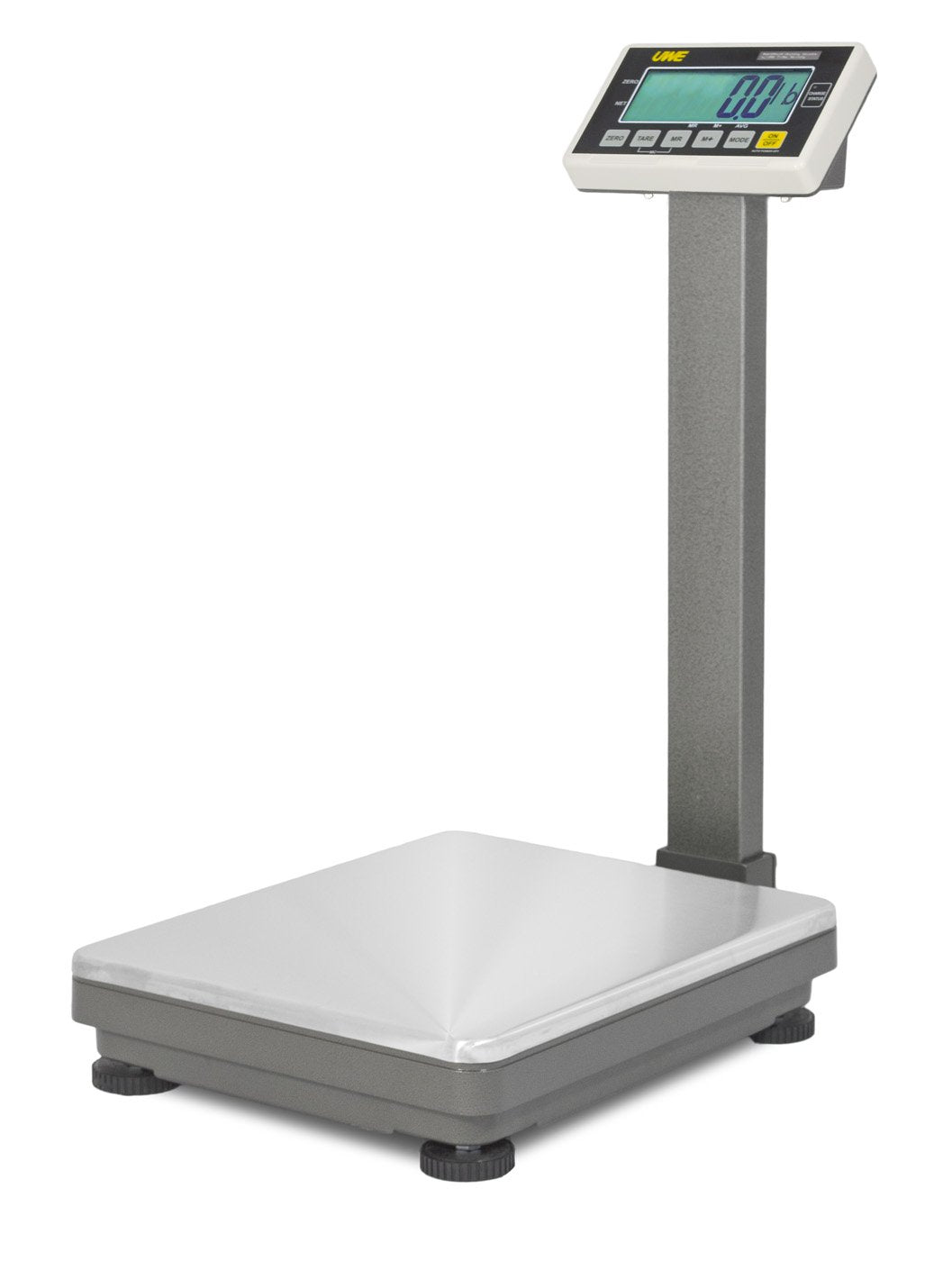Advanced Functions of Modern Industrial Scales for High Performance
Why Industrial Scales Are Essential for Optimizing Storehouse Workflow
Industrial scales play a crucial role in maximizing warehouse operations by providing specific weight dimensions that are critical for effective inventory monitoring and streamlined shipping procedures. Their capacity to ensure precision not just mitigates concerns of overstocking and stockouts yet additionally contributes substantially to lose reduction and cost efficiency. In addition, the information created from these ranges enables informed decision-making, improving source allowance and operational performance. However, real influence of commercial scales expands beyond mere accuracy-- comprehending their more comprehensive effects might transform functional techniques in unforeseen means.
Boosted Accuracy in Evaluating
In several storage facility operations, attaining enhanced accuracy in evaluating is important for the general performance and reliability of stock monitoring. Accurate considering enables specific tracking of product quantities, which is important for keeping optimal stock levels and decreasing waste. Industrial scales designed for storage facility settings give high levels of precision, thereby minimizing the margin for mistake in supply assessments.
Executing advanced considering modern technology, such as digital scales with calibration features, makes certain that weights are regularly precise across different tons. This accuracy is especially crucial when taking care of bulk products or high-value things, as discrepancies can lead to significant financial losses. Furthermore, precise considering adds to conformity with market laws, which typically mandate exact measurement for safety and quality control.
Furthermore, improved weighing precision allows better decision-making relating to logistics and supply chain monitoring. With specific information available, stockroom managers can forecast need better, prepare for replenishment, and maximize storage room application. Inevitably, the combination of accurate industrial ranges into storehouse procedures sustains not just prompt operational demands however also long-lasting tactical objectives intended at improving total efficiency and profitability.
Improved Inventory Monitoring
Effective supply management is crucial for enhancing storage facility procedures and ensuring that resources are made use of efficiently. Industrial ranges play a critical function in this procedure by offering accurate weight dimensions that directly influence stock monitoring and control. By incorporating these ranges right into supply monitoring systems, stockrooms can accomplish real-time data precision, which is essential for preserving optimum stock degrees.
The ability to weigh products precisely allows for much better forecasting and replenishment approaches. With precise weight info, storehouse supervisors can identify inconsistencies between anticipated and actual supply degrees, therefore reducing overstocking or stockouts. This precision also helps in classifying items according to weight, which can boost storage space effectiveness and streamline order picking processes.
Furthermore, enhanced stock management promotes much better vendor partnerships and consumer satisfaction. Precise weight measurements assist in compliance with shipping laws and minimize the probability of expensive errors during the procurement procedure. Fundamentally, commercial ranges not just improve the precision of inventory records yet additionally add to overall operational efficiency, ultimately leading to reduced prices and improved solution distribution in stockroom procedures.
Streamlined Shipping Processes
A considerable facet of storage facility efficiency is the streamlining of delivery procedures, which can considerably boost overall performance and client fulfillment. Efficient shipping operations ensure that items are dispatched accurately and in a prompt manner, straight affecting customer experience and retention.

Moreover, incorporating commercial ranges into storage facility management systems facilitates real-time tracking of stock and shipments, enhancing openness throughout the shipping process - Industrial Scales. This combination not only speeds up the fulfillment cycle yet likewise boosts communication amongst personnel, resulting in quicker decision-making and fewer traffic jams
In addition, structured shipping procedures can minimize labor costs, as teams can work more successfully with clear guidelines and exact data at their fingertips. By embracing industrial ranges, storehouses can achieve a more systematic strategy to shipping, inevitably improving their operational effectiveness and sustaining a stronger lower line.
Waste Reduction Approaches
Maximizing stockroom operations expands beyond streamlined delivery procedures to include waste decrease strategies that significantly contribute to general efficiency and cost-effectiveness (Industrial Scales). Applying industrial scales is an essential aspect of these techniques, making it possible for accurate dimension of items and materials, which decreases overages and decreases excess supply

One more essential method is the optimization of product packaging. Industrial scales assist in accurate weight measurements, enabling tailored packaging options that minimize excess materials. This not only reduces Learn More waste yet also reduces delivery prices, as lighter plans often incur lower products costs.
Data-Driven Choice Making

Making use of data generated from commercial ranges allows storehouse supervisors to track stock levels extra accurately, resulting in notified investing in decisions and lessening overstock or stockouts. Furthermore, this data can be analyzed to recognize fads in product movement, allowing far better forecasting and source allocation.
The understandings acquired from weight data likewise assist in efficiency dimension against crucial efficiency useful reference signs (KPIs), such as throughput prices and order accuracy. By employing sophisticated analytics, storage facility operations can reveal inadequacies, simplify operations, and reduce functional prices.
Inevitably, data-driven decision making empowers companies to make aggressive modifications, making sure that storage facility procedures continue to be active and responsive to market demands. Purchasing commercial scales not just improves data collection yet additionally changes that information into workable intelligence, placing warehouses for sustained competition and growth.
Verdict
In recap, industrial scales play a crucial role in maximizing warehouse procedures through boosted accuracy in considering, improved supply administration, and streamlined delivery processes. These ranges contribute to throw away reduction methods and assist in data-driven decision-making, ultimately promoting functional efficiency. By leveraging specific weight dimensions, stockrooms can reduce disparities, decrease prices, and foster enhanced customer fulfillment. The integration of industrial ranges into storehouse monitoring systems is hence critical for accomplishing optimum efficiency and resource appropriation.
Industrial ranges play a crucial duty in optimizing stockroom operations by providing accurate weight measurements that are important for reliable stock monitoring and structured delivery procedures. Industrial ranges created for storage facility settings provide high degrees of accuracy, therefore decreasing the margin for error in inventory evaluations.
In essence, industrial ranges not just boost the precision of stock documents yet likewise contribute to overall functional efficiency, inevitably leading to lowered prices and enhanced service distribution in storehouse operations.
In summary, industrial ranges play a critical function in enhancing storehouse operations through boosted accuracy in considering, boosted stock administration, and streamlined delivery processes. The combination of industrial scales right into storehouse management systems is thus paramount for attaining optimum performance and resource allocation.